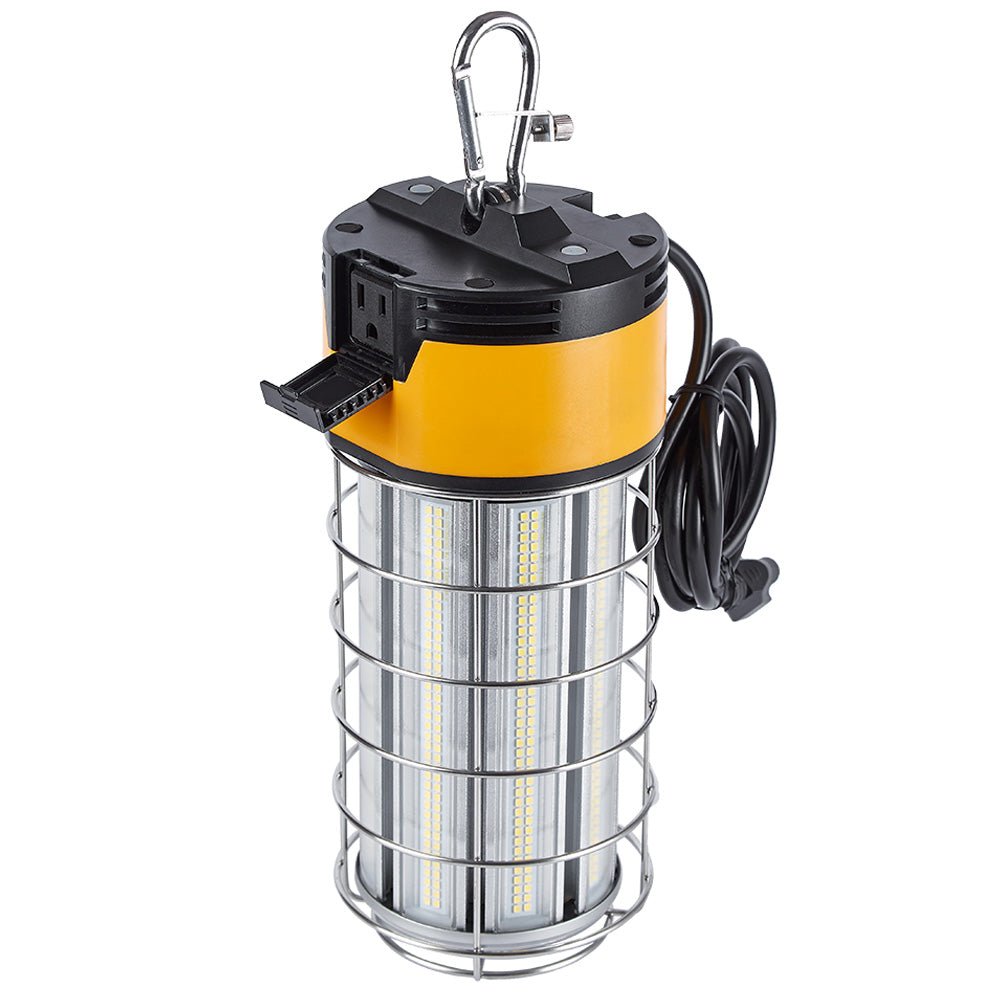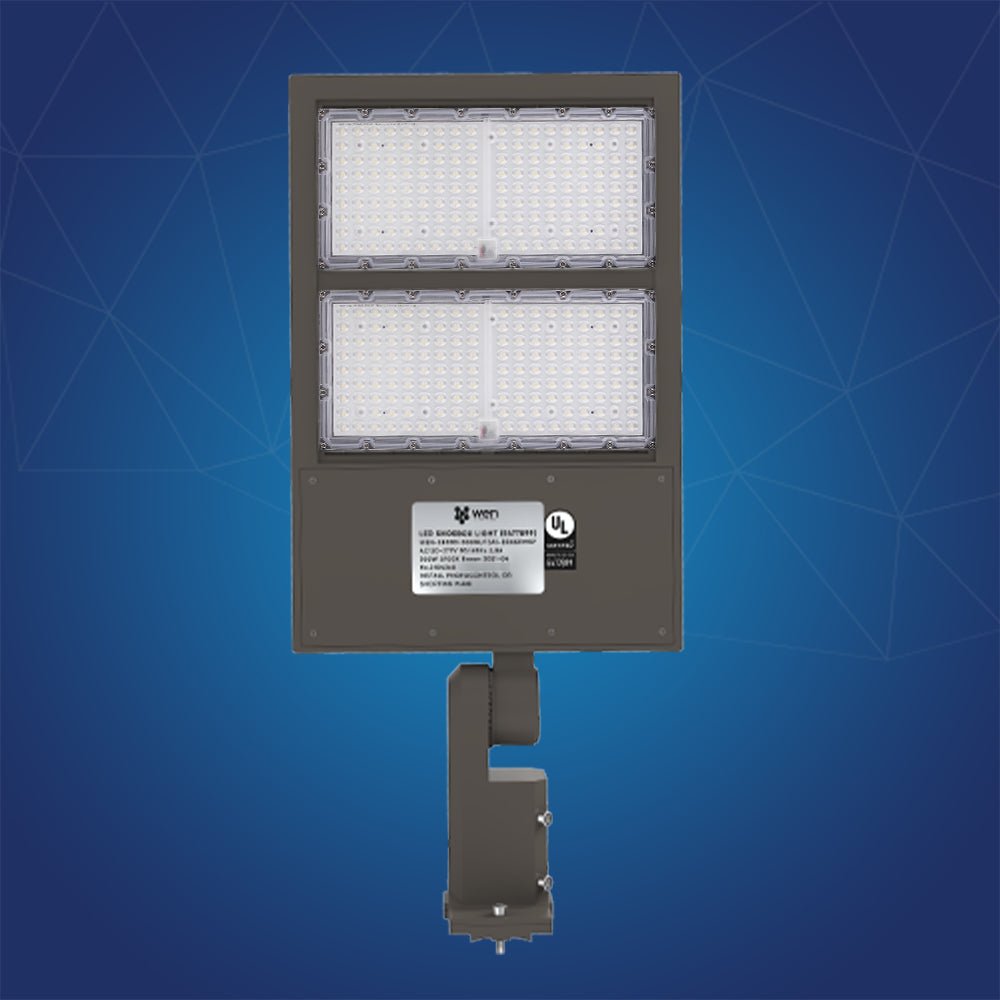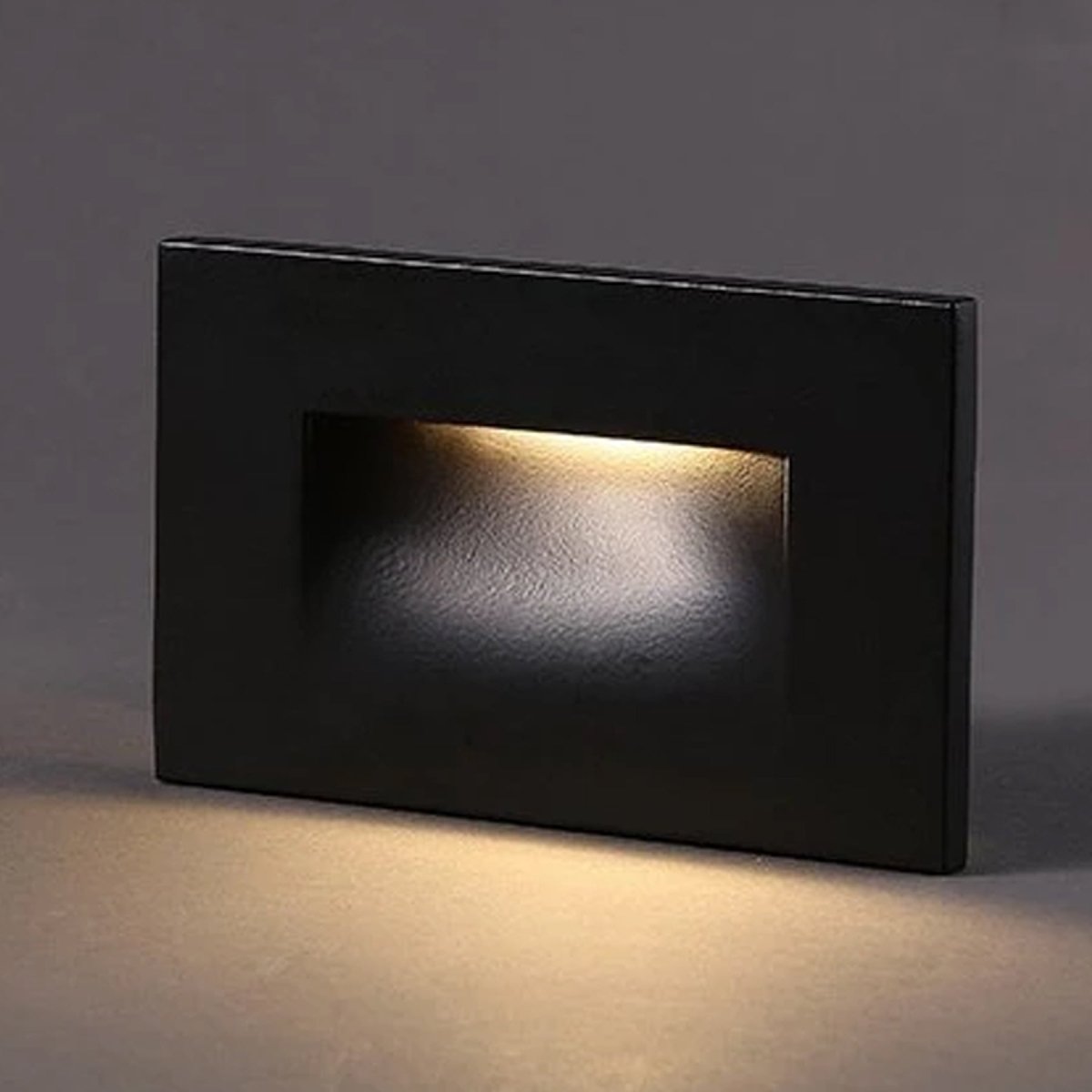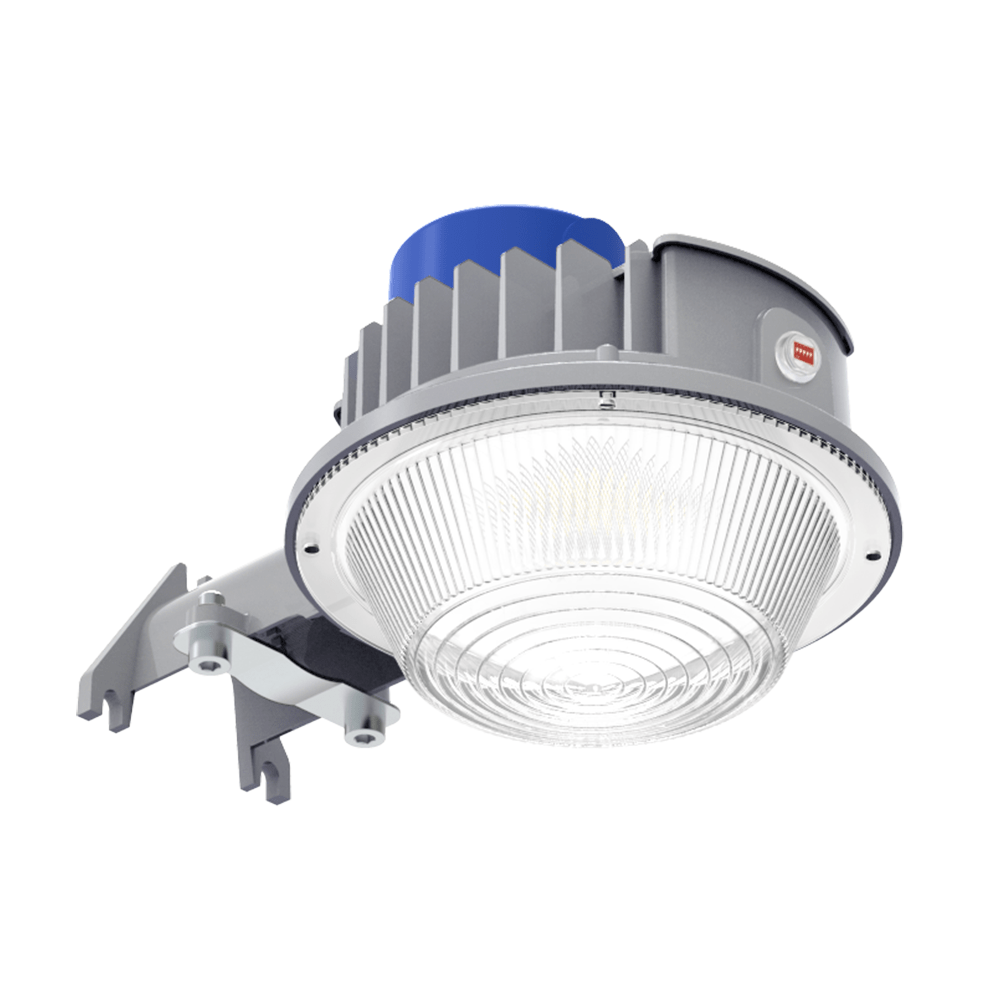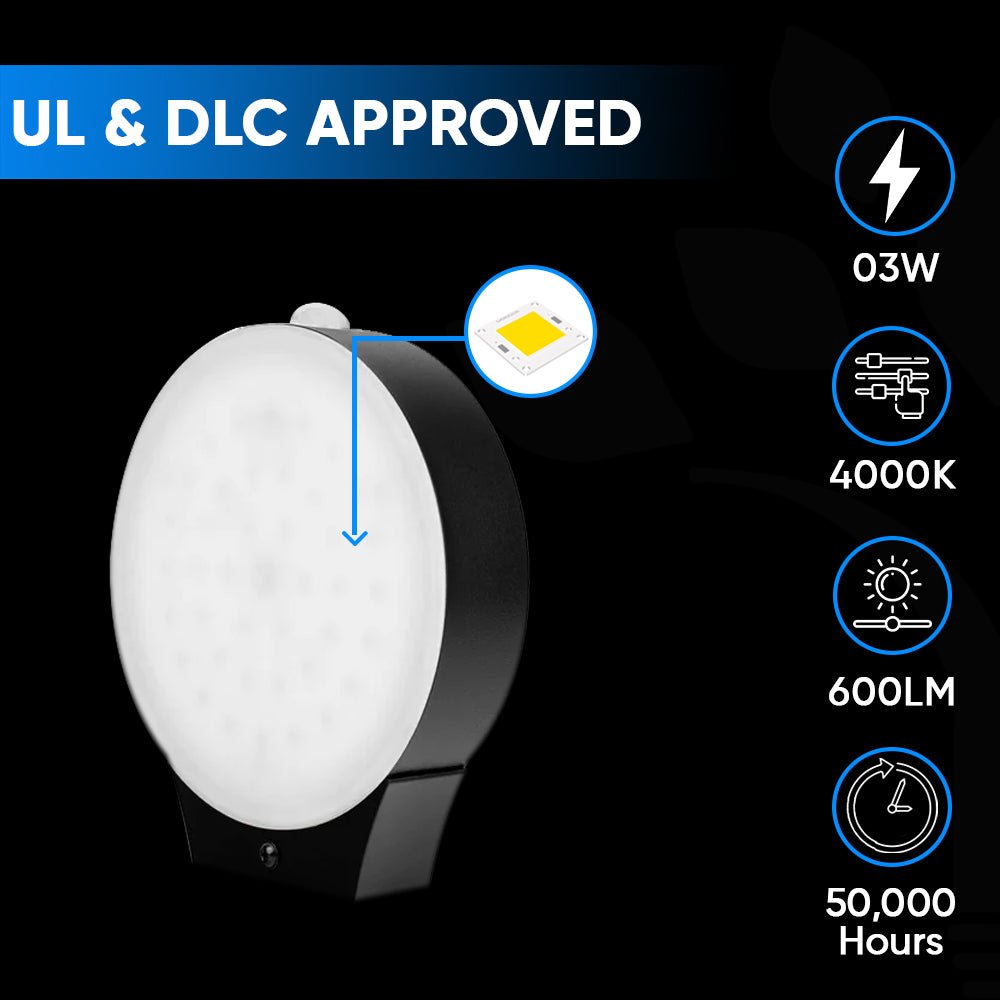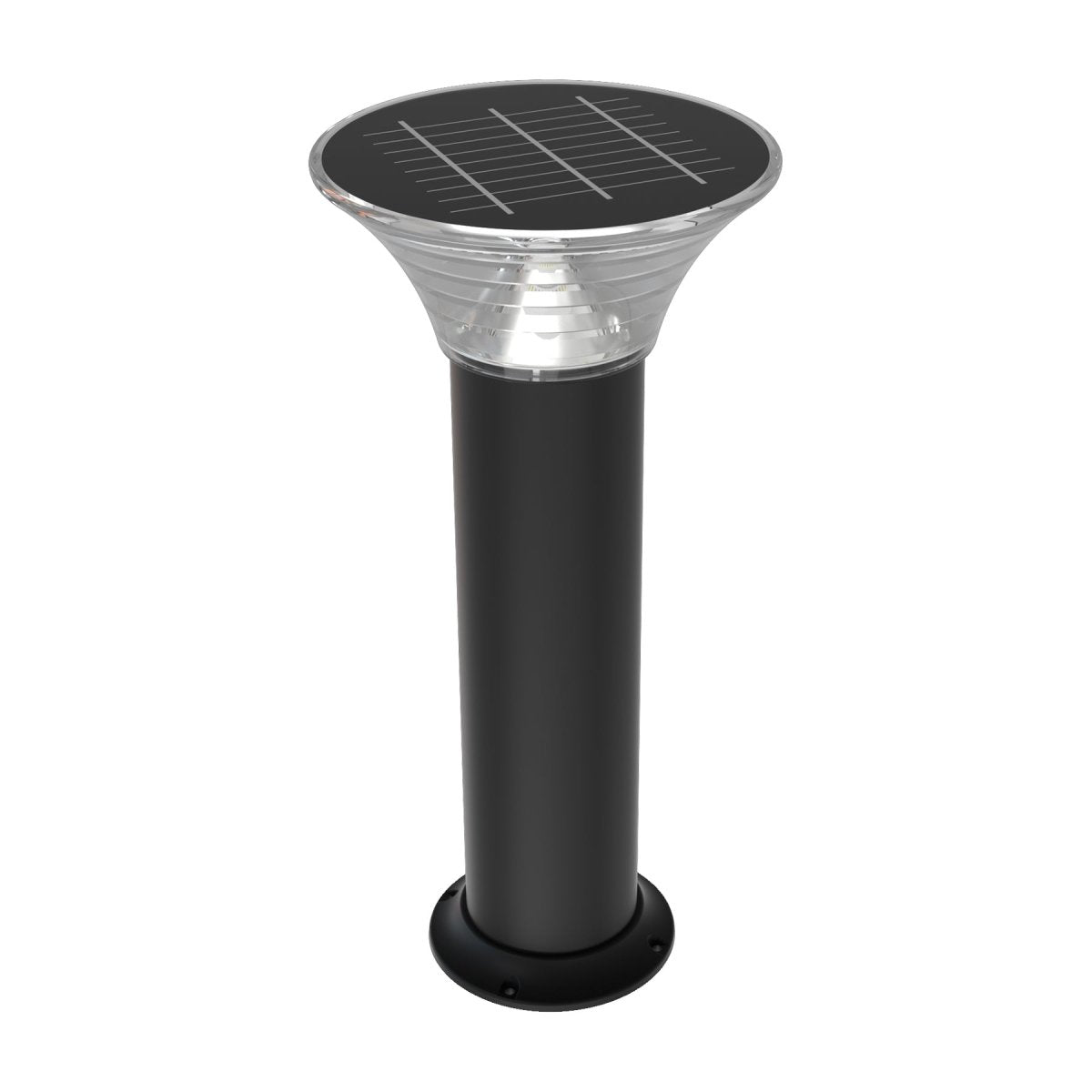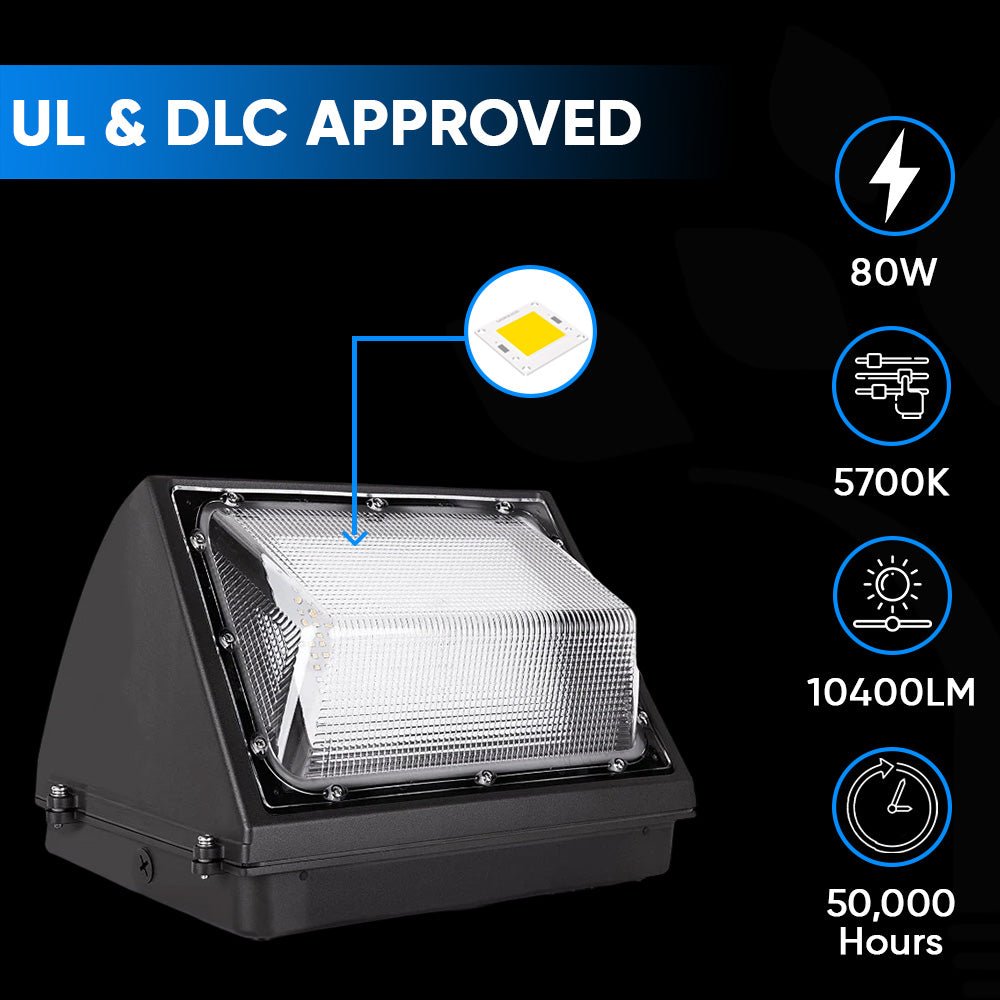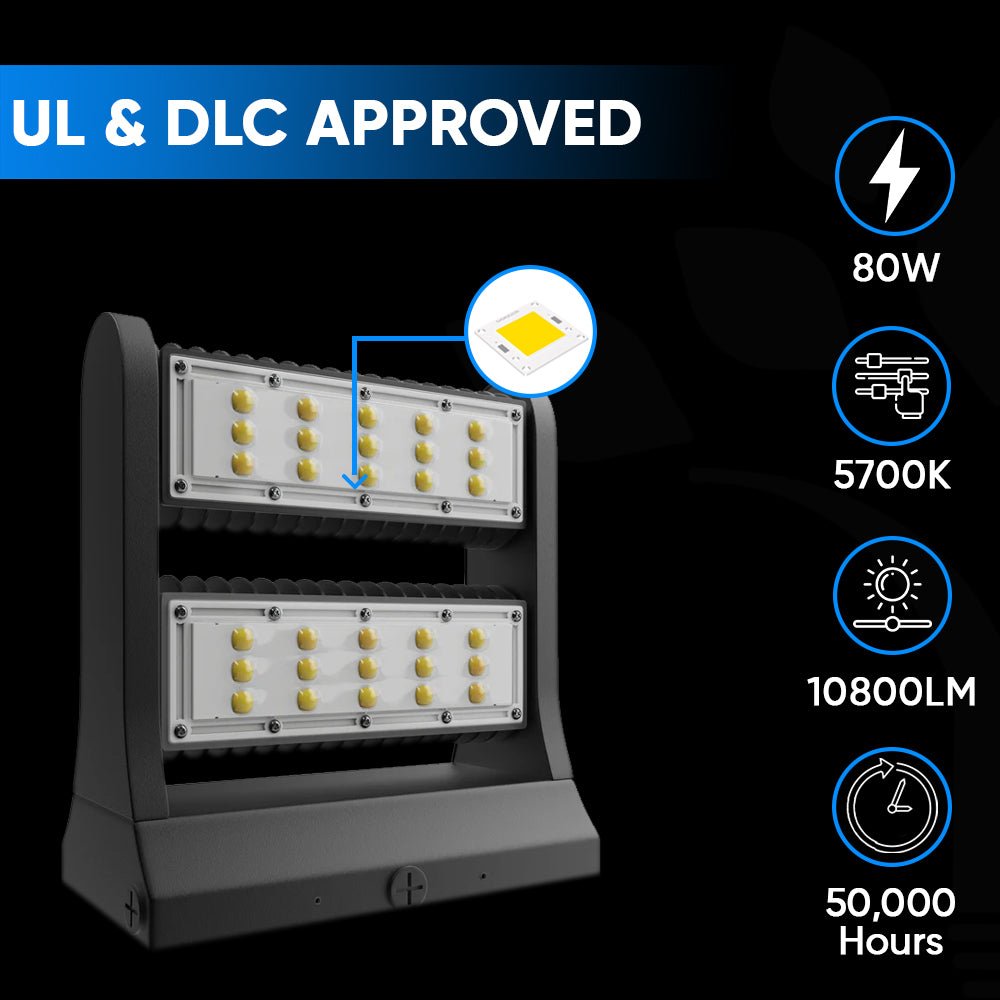|
Introduction
In recent years, LED lighting has revolutionized the way we illuminate our outdoor spaces. From residential gardens to commercial complexes and public parks, LED lights have become the go-to choice for outdoor lighting solutions. This article explores the myriad benefits of LED lighting for outdoor use and why it has become the preferred option for homeowners, businesses, and municipalities alike.
Understanding LED Lighting
What is LED Lighting?
LED, or Light Emitting Diode, lighting is a form of lighting technology that utilizes semiconductors to convert electricity into light. Unlike traditional incandescent or fluorescent bulbs, which rely on heated filaments or gas to produce light, LEDs produce illumination through a process called electroluminescence.
How does LED Lighting work?
LEDs function by passing an electric current through a semiconductor material, which causes the electrons within the material to release energy in the form of photons, or light particles. This process is highly efficient and generates minimal heat, making LEDs exceptionally energy-efficient and long-lasting.

Benefits of LED Lighting
Energy Efficiency
One of the primary benefits of LED lighting is its exceptional energy efficiency. LEDs consume significantly less energy than traditional lighting sources, resulting in lower electricity bills and reduced carbon emissions.
Longevity
LED lights have an impressively long lifespan compared to incandescent or fluorescent bulbs. With an average lifespan of up to 50,000 hours or more, LEDs require less frequent replacement, saving both time and money in the long run.
Durability
LEDs are inherently durable and resistant to shock, vibrations, and external impacts. This durability makes them ideal for outdoor use, where exposure to harsh weather conditions and physical damage is common.
Eco-Friendly
LED lighting is environmentally friendly due to its energy efficiency and lack of toxic materials such as mercury, which is present in fluorescent bulbs. LED lights can also be easily recycled, further reducing their environmental impact.
Low Maintenance
Thanks to their longevity and durability, LED lights require minimal maintenance compared to traditional lighting sources. This translates to fewer maintenance costs and less downtime for outdoor lighting systems.
Cost-Effectiveness
While LED lighting may have a higher upfront cost compared to traditional lighting options, its long-term cost-effectiveness more than compensates for the initial investment. The energy savings and reduced maintenance requirements of LED lights result in lower overall operating costs over time.
Enhanced Safety
LED lighting enhances outdoor safety by providing consistent, reliable illumination in various weather conditions. Well-lit outdoor spaces are less susceptible to accidents and criminal activity, making LED lighting a valuable asset for residential and commercial properties alike.
Improved Aesthetics
LED lighting offers superior aesthetics compared to traditional lighting sources, with options for customizable colors, brightness levels, and lighting effects. Whether illuminating a garden pathway or highlighting architectural features, LED lights can enhance the visual appeal of outdoor spaces.
Versatility
LED lighting is highly versatile and can be adapted to suit a wide range of outdoor applications. From floodlights and spotlights to string lights and garden lanterns, there are LED lighting solutions available for every outdoor lighting need.

Factors to Consider When Choosing LED Lighting
Brightness
When selecting LED lighting for outdoor use, consider the desired brightness level based on the intended application. Brightness is typically measured in lumens, with higher lumens indicating brighter light output.
Color Temperature
LED lights are available in various color temperatures, ranging from warm white to cool white and daylight. Choose a color temperature that complements the surrounding environment and enhances visibility.
Weather Resistance
For outdoor applications, opt for LED lights that are designed to withstand exposure to moisture, dust, and extreme temperatures. Weather-resistant fixtures ensure long-term performance and durability in outdoor settings.
Installation Requirements
Consider the installation requirements of LED lighting fixtures, including mounting options, wiring considerations, and compatibility with existing electrical systems. Proper installation is essential for optimal performance and safety.
Applications of LED Lighting in Outdoor Spaces
Residential
LED lighting is commonly used in residential outdoor spaces for landscape lighting, security lighting, and decorative purposes. From illuminating pathways and driveways to highlighting garden features, LEDs can enhance the ambiance and functionality of outdoor areas.
Commercial
In commercial settings, LED lighting is utilized for outdoor signage, parking lot lighting, building facades, and architectural accents. The energy efficiency and versatility of LED lights make them ideal for illuminating large outdoor areas while reducing operating costs.
Public Spaces
LED lighting plays a crucial role in enhancing safety and visibility in public spaces such as parks, playgrounds, and pedestrian walkways. Well-lit public areas promote community engagement and outdoor recreational activities while deterring vandalism and crime.

Case Studies
To further illustrate the benefits of LED lighting for outdoor use, several case studies can be examined, showcasing successful implementations of LED lighting solutions in various settings.
Common Misconceptions About LED Lighting
Despite their numerous advantages, there are still some misconceptions surrounding LED lighting. Addressing these misconceptions can help consumers make informed decisions when choosing lighting solutions for outdoor use.
Comparison with Traditional Lighting
A comparison between LED lighting and traditional lighting sources highlights the superior performance, energy efficiency, and cost-effectiveness of LED technology, making it the preferred choice for outdoor illumination.
Future Trends in LED Lighting
As technology continues to advance, the future of LED lighting holds exciting possibilities, including innovations in smart lighting, wireless controls, and sustainable design practices.
Tips for Proper Maintenance
To ensure the longevity and performance of LED lighting systems, proper maintenance practices should be followed, including regular cleaning, inspection, and replacement of worn-out components.
Conclusion
In conclusion, the benefits of LED lighting for outdoor use are undeniable. From energy efficiency and longevity to enhanced safety and versatility, LED lights offer numerous advantages over traditional lighting options. By understanding the benefits and considerations associated with LED lighting, consumers can make informed decisions to illuminate their outdoor spaces effectively and efficiently.
















































































